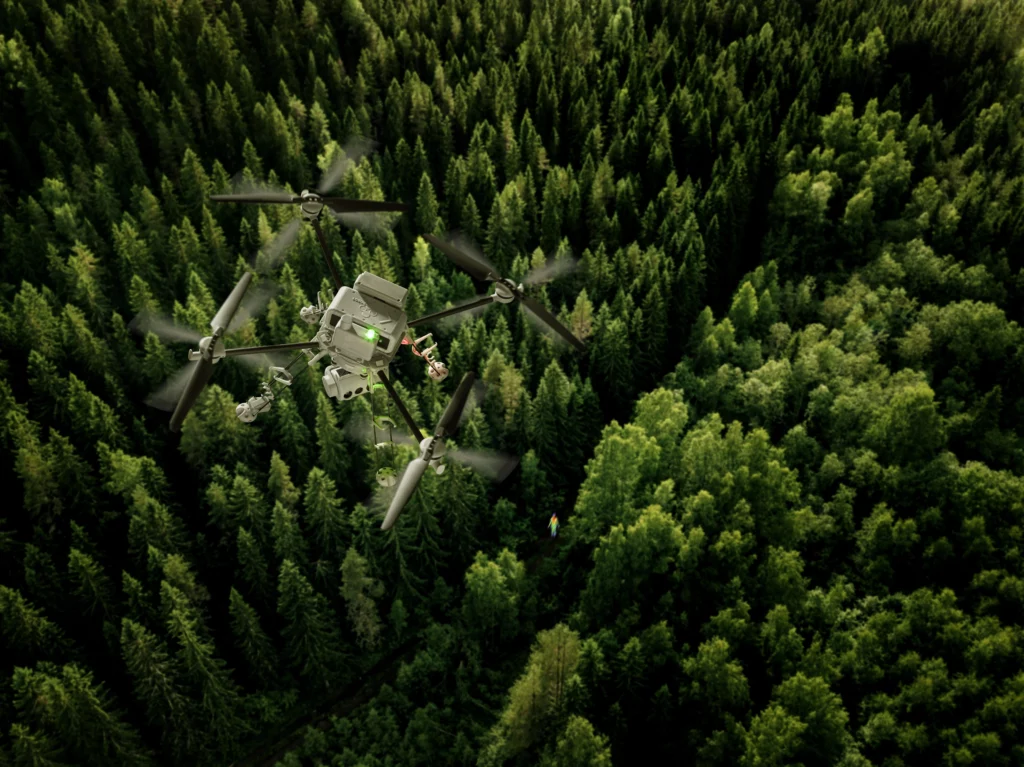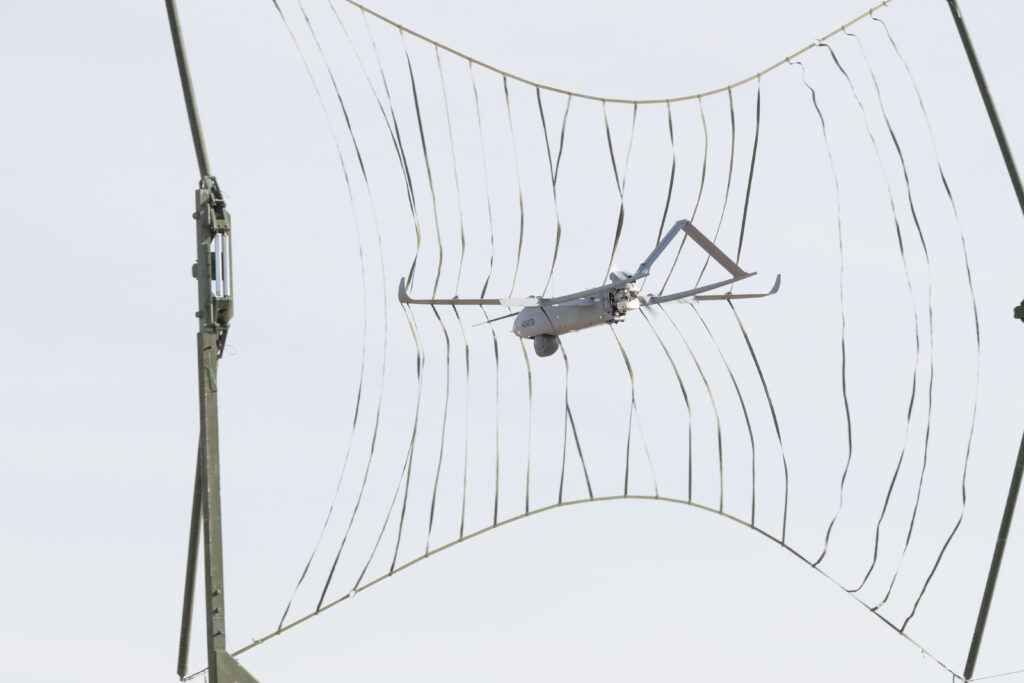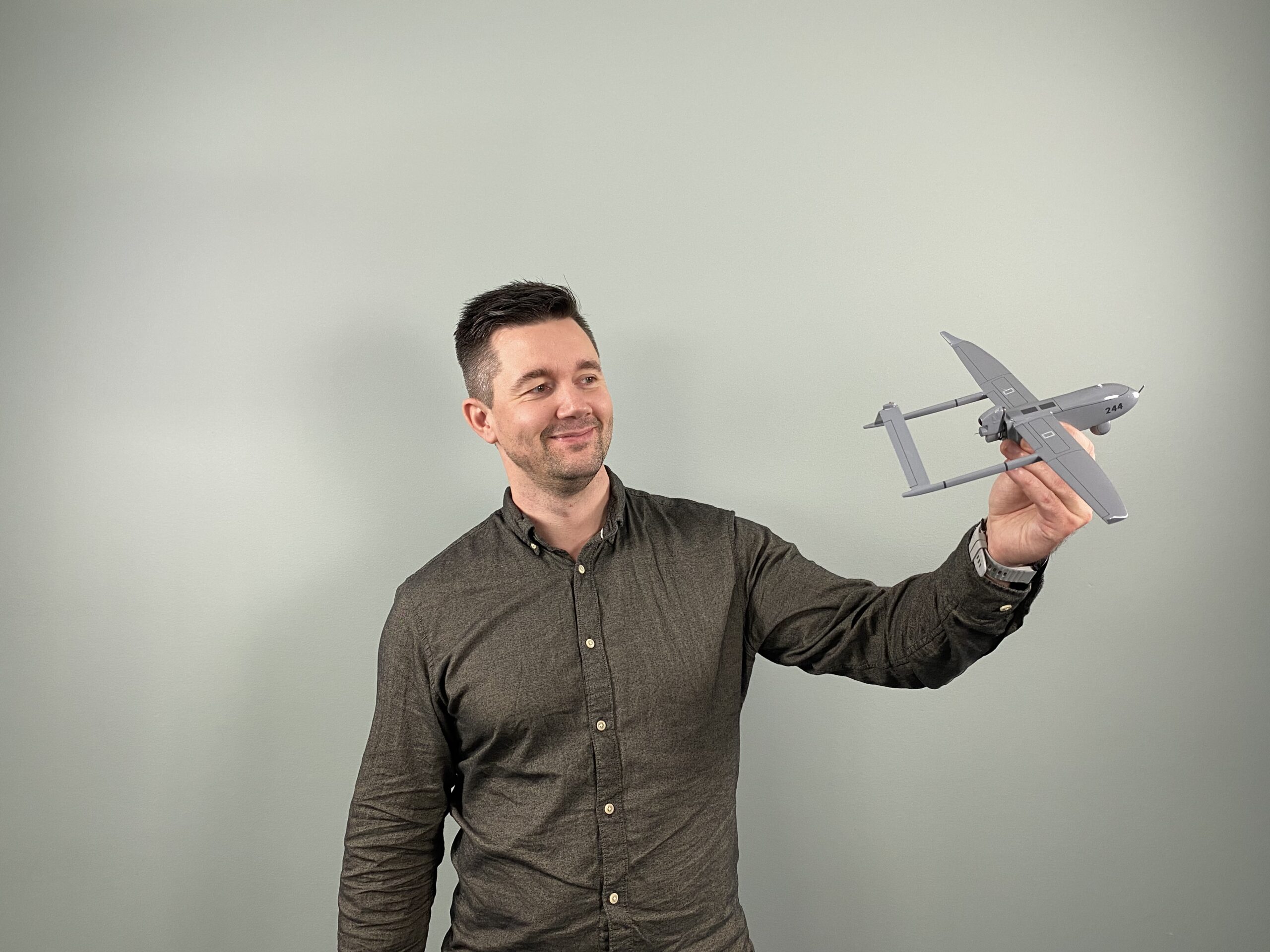As a global player in the drone industry since 2014, Nordic Unmanned has proven its mettle by successfully expanding into new territories. The company’s unwavering commitment to building a strong brand and establishing corporate structures has been key to overcoming the challenges of operating in a foreign country.
Timothy “T3” Tenne has over 30 years of senior executive aviation experience that includes military, air carrier, commercial, and general aviation. He has over 15,000 hours of flight time, holds ratings through ATP with multiple types of ratings, and has held the position of instructor, evaluator, chief pilot, chief of safety, director of operations, and commander during his various tenure with the military, Federal Aviation Administration (FAA), and industry. He is a registered ICAO expert and served as a leader on the team that developed and published the first drone regulations. Additionally, he holds an undergraduate degree in Economics with a focus in engineering from the U.S. Naval Academy, an MBA along with two additional master’s degrees, and a Juris Doctorate in Law as a licensed attorney.

Timothy “T3” Tenne, the CEO of Nordic Unmanned North America has shared that the culture and values of the company were what propelled him to join the organization.
With a foundation of integrity, safety, innovation, and aviation experience, the company is able to scale and operate unmanned aircraft missions within complex airspace. He emphasizes the importance of having a diverse, global team that can work together in supporting the military, government, and commercial clients 24/7 anywhere in the world. The phrase, “safely, by the book, then on time,” has been a constant in the CEO’s leadership style, emphasizing the importance of keeping that order to ensure safety, efficiency, and effectiveness. Tim or “T3’s” military and civilian aviation background has equipped him with the experience to help propel the company forward and higher.
– With a staggering 60% of the global drone market value coming from North America, Nordic Unmanned has identified this region as a crucial opportunity to maintain its leadership position. The projected $80 Billion market cap over the next five years for unmanned aircraft systems in military, government, and commercial sectors in North America is unmatched by any other location in the world, making it a strategic focus for Nordic Unmanned.
– While the Federal Aviation Administration (FAA) was once the undisputed leader in drone regulation, Europe’s EASA has surpassed these foundational efforts, allowing a framework that enables UAS to scale rapidly. Despite this change, it’s important to recognize that the U.S. still boasts the largest and most complex national airspace system on the planet. The FAA’s unparalleled responsibility for air traffic control continues to ensure a safe and efficient aviation ecosystem.
Furthermore, Nordic Unmanned recognizes that manufacturing and operating unmanned aircraft are one of the most complex and regulated industries in the world. Unfortunately, many in the U.S. still view “drones” the same as purchasing a screwdriver or hammer, which highlights the need for greater education and awareness throughout the industry. As an industry leader, Nordic Unmanned is committed to driving innovation and advancing the industry as a whole without compromising safety.
Timothy “T3” Tenne, CEO of Nordic Unmanned North America
– The drone industry is expanding rapidly and there is no doubt that it will play a significant role in shaping the future of a multitude of industries. During this interview, we discussed the potential business areas and types of customers that will present the biggest opportunities for drone solutions and services in the US in the coming years.
T3 identified military, government, and commercial enterprises as the three main areas where drone solutions and services will have a significant impact. However, within each of these verticals, there are sub-use cases that will require drone technology. Security, inspection, and safety are some of the primary sub-use cases that cut across all these verticals.

When it comes to security, the CEO pointed out that in the military, security would involve intelligence, surveillance, reconnaissance, perimeter security, and other related activities. In commercial enterprises, security could involve patrolling an airport or railroad tracks to ensure safe and secure operations.
– Inspection is another key sub-use case where drones can play a significant role. Whether it’s inspecting a runway for a civilian airport, inspecting a runway after battle damage for the US Air Force, or inspecting railroad tracks for railroads, drones can provide a fast, efficient, and cost-effective way to conduct inspections.
– Safety is another important factor that cuts across all the verticals. Safety use cases include operations such as utilities, wildfires, railyards, construction, and much, much more. Outside of use cases, companies need to focus their effort on operational safety. Aviation is hazardous by nature and the human factor is usually the highest risk in the system. Given this knowledge, it’s important for companies to build and cultivate mature safety programs and safety management systems (SMS) that emphasize training, monitoring, and a “just culture” for their personnel.
Knowing that safety is crucial to the success of scaling drone operations, ensuring a focused strategy is closely important. To address a strategy in the market, T3 has coined the term “A3O” to describe the focus areas that every drone company needs to embrace to be successful. The A3O elements include the Airmen, Aircraft, Airspace, and Operation.
– It doesn’t matter whether you are operating a sUAS for infrastructure inspection or operating a large Group 2 UAS, all of these elements must be accounted for and applied based on their interdependence. If you have an Operation that requires flying Beyond Visual Line of Sight (BVLOS) over a long distance within complex Airspace, you are going to need a very experienced Airman, operating a very capable Aircraft. If you misapply any one of these elements, it will most likely ensure an unsuccessful outcome that increases unnecessary risk and may have catastrophic adverse outcomes. So as an experienced Airman, aviation operations shouldn’t be taken lightly.

– In conclusion, the drone industry presents significant positive opportunities across various business verticals and customers in the U.S. market. While technology has come a long way, it is essential to prioritize safety and ensure that personnel are trained and equipped to handle complex operations. Additionally, the aircraft must be reliable and rugged, and the operation must be well-managed, with a focus on safety and proper procedures. By prioritizing these factors, the drone industry has a bright future ahead.


